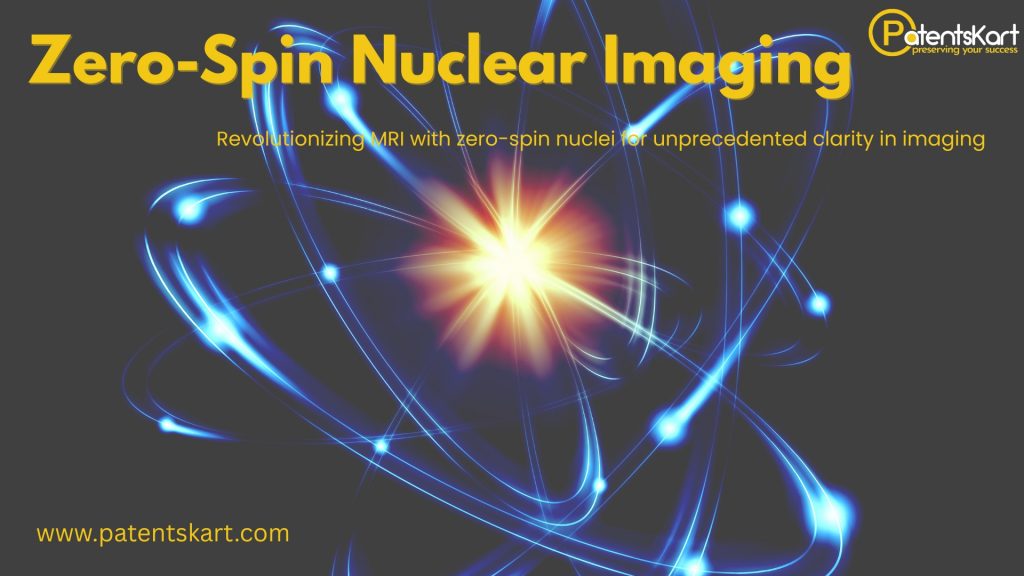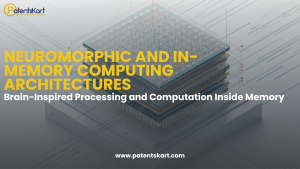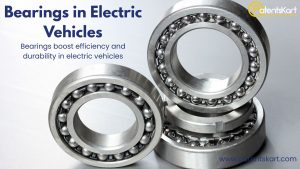Medical imaging has long been central to healthcare innovation. From X-rays to MRIs, imaging technologies have transformed how physicians detect, monitor, and treat diseases. Yet, limitations such as radiation exposure, cost, and resolution persist. A groundbreaking solution is emerging in the form of zero-spin nuclear imaging, a quantum-driven approach that promises clearer, safer, and faster diagnostics.
By leveraging nuclei with zero net spin, zero-spin nuclear imaging eliminates many distortions present in conventional imaging methods. It paves the way for ultra-precise visualization of biological structures at molecular and cellular levels.
What Is Zero-Spin Nuclear Imaging?
Zero-spin nuclear imaging is an advanced diagnostic technology that uses nuclei with no net magnetic spin to generate high-resolution medical images. Unlike MRI, which depends on magnetic resonance from hydrogen nuclei, this technique relies on spin-zero isotopes.
Key characteristics include:
- Spin-zero nuclei: These provide interference-free imaging signals.
- Quantum physics foundation: Imaging uses principles of coherence and wave behavior.
- Non-invasive and safer: Reduced radiation exposure compared to CT scans or PET.
- Sharper resolution: Eliminates artifacts common in MRI or ultrasound.
- Versatility: Suitable for both soft tissue and molecular imaging.
This innovation redefines how clinicians and researchers visualize biological systems.
Why Is Zero-Spin Nuclear Imaging Important?
The importance lies in addressing persistent gaps in medical imaging:
- Safety: Reduces or eliminates harmful radiation exposure.
- Precision: Delivers clearer imaging at cellular and molecular levels.
- Early detection: Enhances diagnosis of cancers, neurological diseases, and cardiovascular issues.
- Efficiency: Faster imaging speeds shorten patient time in scanners.
- Research applications: Enables quantum-level visualization for biomedical studies.
By tackling these issues, zero-spin nuclear imaging represents a leap forward in diagnostic technology.
How Does Zero-Spin Nuclear Imaging Work?
The process integrates nuclear physics and quantum principles:
- Step 1: Targeting isotopes – Patients receive contrast agents made from zero-spin isotopes.
- Step 2: Quantum excitation – Imaging devices excite nuclei without magnetic distortions.
- Step 3: Signal capture – Detectors capture clean, noise-free signals.
- Step 4: Image reconstruction – AI algorithms process signals into high-definition images.
- Step 5: Diagnosis and monitoring – Clinicians use these images to identify diseases early.
This workflow highlights the power of zero-spin nuclear imaging in clinical practice.
What Are the Benefits of Zero-Spin Nuclear Imaging?
The benefits extend to patients, clinicians, and researchers:
- No harmful radiation: Safer than CT or PET scans.
- Clearer images: No distortions from magnetic spin interactions.
- Faster results: Reduced scanning times.
- Broad applicability: Effective for oncology, neurology, and cardiology.
- Research value: Supports cutting-edge biomedical research.
For patients, it means safer diagnostics. For doctors, it means sharper insights. For science, it means a new frontier.
What Are the Applications of Zero-Spin Nuclear Imaging?
Applications are expanding across healthcare and research:
- Oncology: Detect tumors at earlier stages with higher clarity.
- Neurology: Map brain networks and identify disorders like Alzheimer’s.
- Cardiology: Visualize heart tissue with precision.
- Drug development: Track molecular interactions in vivo.
- Biomedical research: Unlock new insights into cell biology.

This broad spectrum makes it a transformative technology.
Which Companies Are Leading in Zero-Spin Nuclear Imaging?
Several corporations and research institutions are investing heavily:
- Siemens Healthineers: Exploring next-gen quantum imaging systems.
- GE Healthcare: Incorporating spin-zero isotopes into imaging platforms.
- Canon Medical: Innovating with advanced contrast agents.
- Philips Healthcare: Integrating AI with zero-spin imaging workflows.
- Quantum-Sensing Startups: Pioneering niche applications.
These efforts show the global momentum of zero-spin nuclear imaging.
Which Startups Are Innovating Rapidly?
Startups bring agility and fresh approaches:
- NVision Imaging Technologies: Quantum-inspired imaging tools.
- Hyperfine: Portable imaging systems using novel approaches.
- Qnami: Quantum sensing applied to imaging.
- Helium-3 Ventures: Focused on isotope innovation.
- DeepSpin: AI-driven quantum imaging for healthcare.
These disruptors accelerate adoption of zero-spin nuclear imaging worldwide.
What Do Patents and TRL Levels Indicate?
Patent activity reveals innovation in:
- Spin-zero isotope production.
- Quantum imaging hardware.
- AI-driven image reconstruction.
- Biomedical applications of quantum imaging.
Technology Readiness Levels (TRLs):
- Contrast agents: TRL 6–8, nearing commercialization.
- Imaging hardware: TRL 5–7, under testing.
- AI integration: TRL 7–9, mature in related fields.
- Biomedical research uses: TRL 5–7, emerging strongly.

This confirms a mix of maturity and ongoing exploration.
What Are the Challenges in Adoption?
Despite potential, barriers exist:
- High costs: Technology development and isotopes are expensive.
- Limited expertise: Requires specialists in quantum imaging.
- Infrastructure needs: New hardware and training required.
- Regulatory approvals: Medical device standards must be met.
- Public awareness: Patients need education on safety and benefits.
These challenges must be overcome for mainstream adoption of zero-spin nuclear imaging.
What Is the Future Outlook?
The future is highly promising:
- Short term (1–5 years): Pilot projects in advanced hospitals.
- Medium term (5–10 years): Wider adoption in oncology and neurology.
- Long term (10+ years): Integration into global healthcare systems.
As research deepens, zero-spin nuclear imaging will redefine precision diagnostics.
How Can PatentsKart Help?
PatentsKart supports innovators in zero-spin nuclear imaging with:
- Patent landscaping to track innovations.
- Competitor analysis to identify global leaders.
- Freedom-to-operate studies to reduce risks.
- TRL benchmarking to gauge readiness.
- Licensing support to accelerate commercialization.
This enables businesses and researchers to lead in medical imaging innovation.
Conclusion
Medical imaging has reached a turning point. Zero-spin nuclear imaging eliminates key limitations of current technologies, offering safer, faster, and sharper diagnostic tools.
As adoption grows, it will transform not only patient care but also biomedical research. The future of diagnostics will be shaped by this quantum leap in imaging.
FAQs About Zero-Spin Nuclear Imaging
Q1. What is zero-spin nuclear imaging?
It is a quantum-based imaging technique using spin-zero nuclei for clearer, safer diagnostics.
Q2. Why is it important?
It reduces radiation exposure and enhances resolution in diagnostics.
Q3. Which companies are leaders?
Siemens Healthineers, GE Healthcare, Canon Medical, Philips, and quantum imaging startups.
Q4. What are the challenges?
High costs, limited expertise, and infrastructure requirements.
Q5. How can PatentsKart help innovators?
By offering IP insights, TRL benchmarking, and commercialization strategies.







